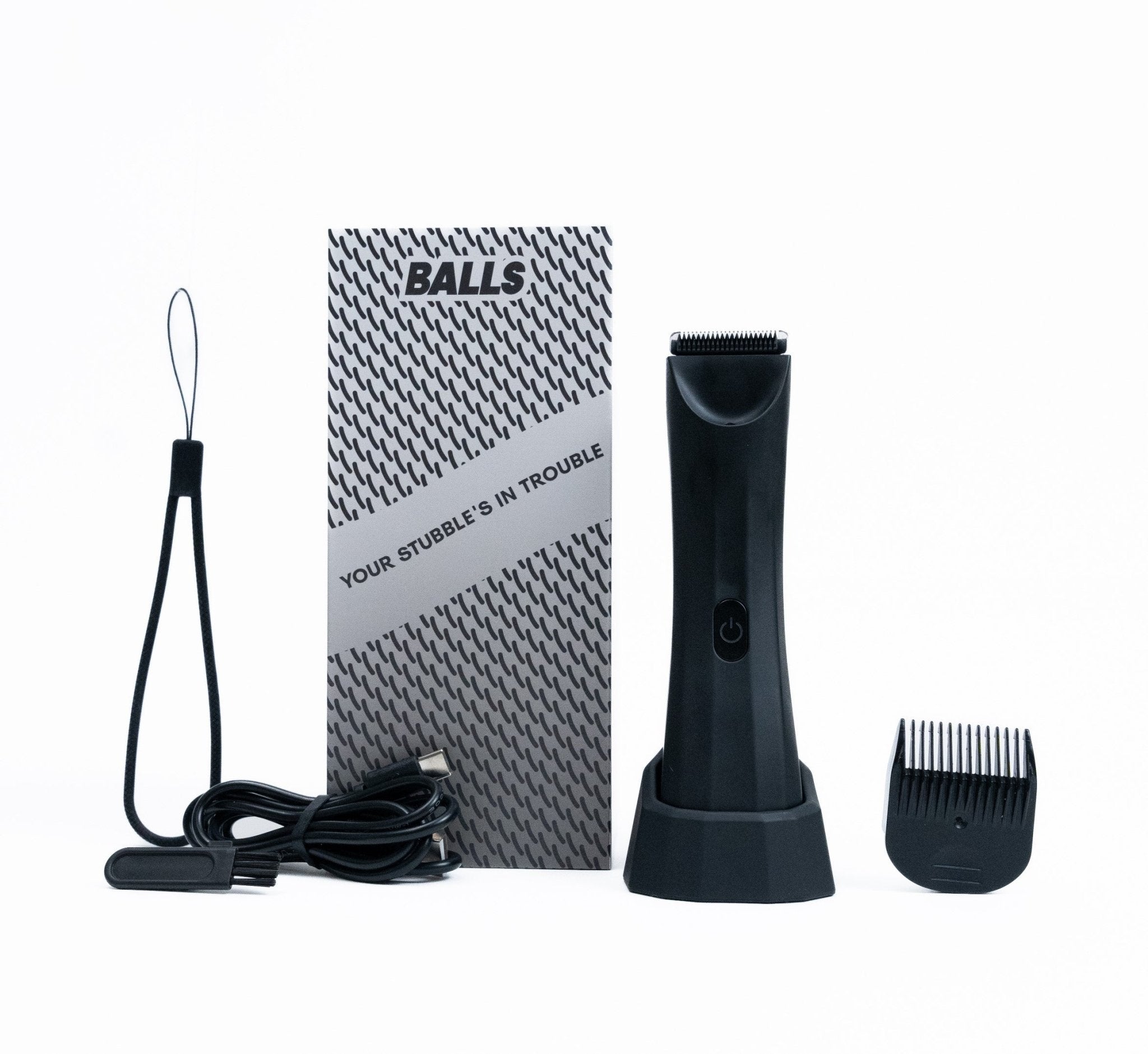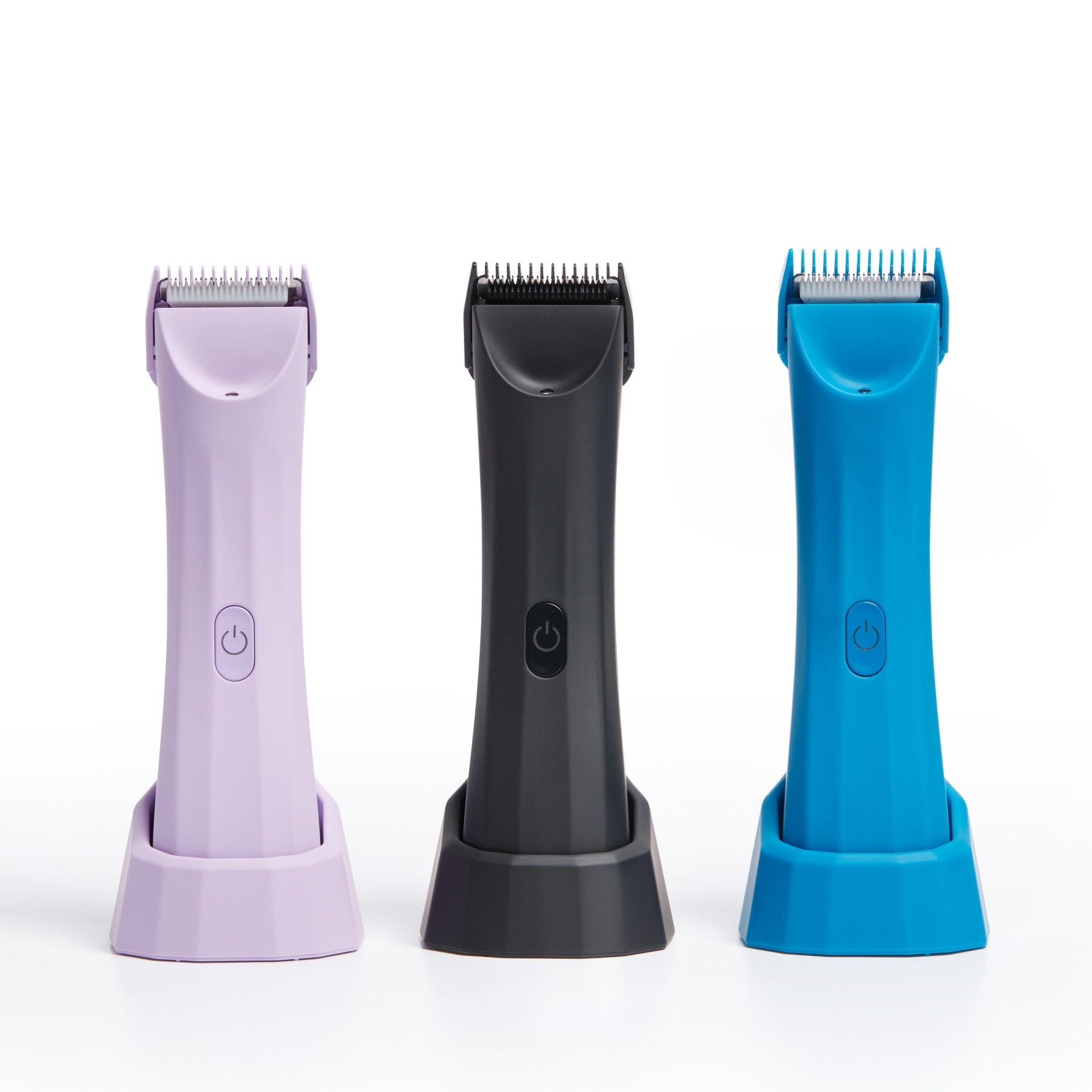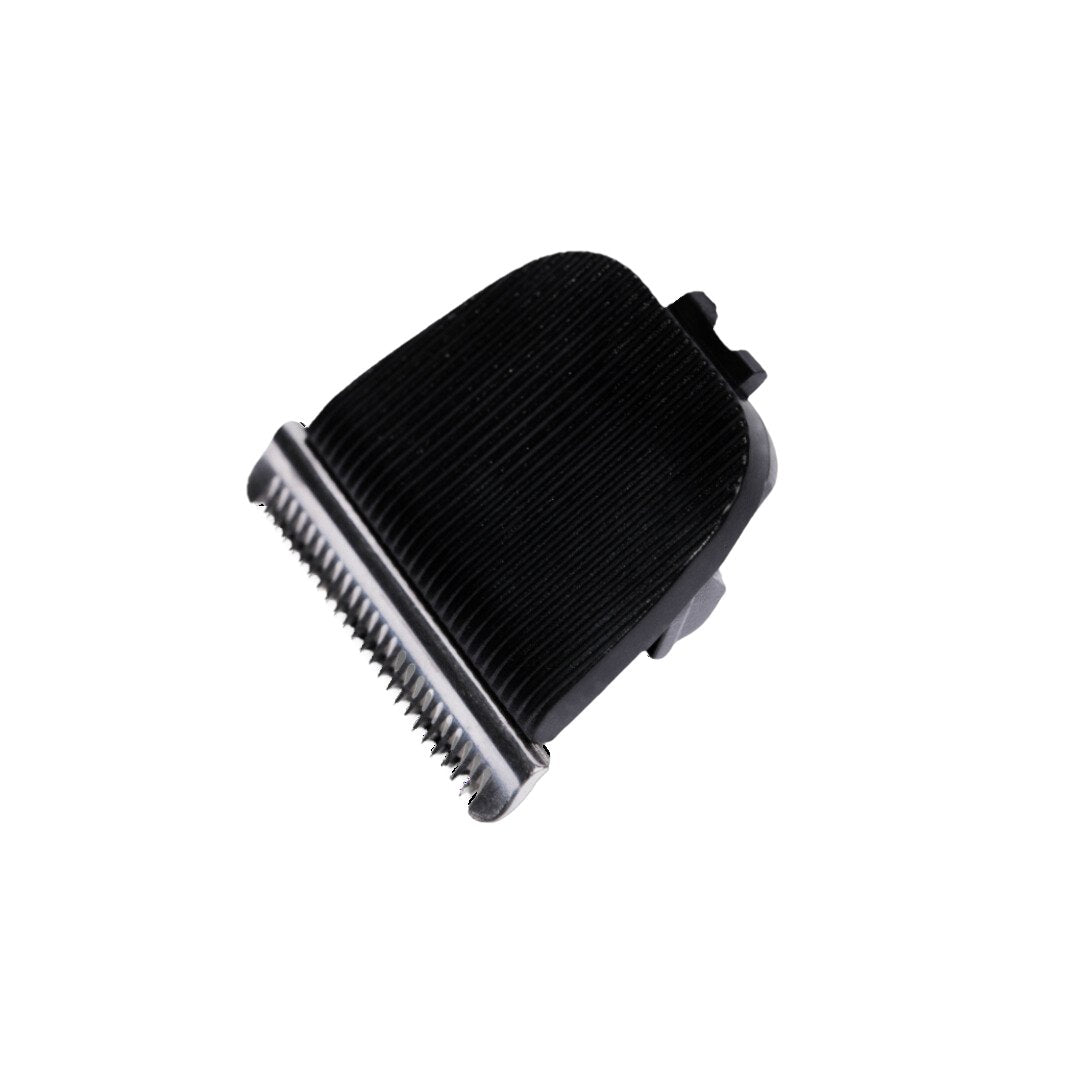How to Check Testicles and What to Look Out For


Upon reaching puberty, you should do regular testicular self-exams. Yes, men must make friends with their own testicles to know them better.
Regular self-examination of your testicles can help detect testicular cancer, hopefully in its early stages.
According to the American Cancer Society, testicular cancer first manifests as a painless lump or swelling in the testicles.
Here’s how to check your testicles and what to look out for.
How to do a Testicular Self Exam in 4 Steps
A testicular self-exam will help you learn how your testicles should feel and look. The benefit is that you’ll know how to identify any subtle changes to your testicles.
Why should you focus on any changes to your testicles?
Any changes could be signs of a benign condition such as a cyst or an infection. Although less common, they could also be signs of testicular cancer.
There isn’t any recommendation that a testicular self-exam should be part of your yearly physical exam. As such, your doctor may recommend regular testicular self-exams.
After a testicular self-exam, consult your doctor if you notice a lump or any change in how your testicles look or feel.
Here’s how to do a testicular exam.
Step #1: Shave Your Testicles
Before a testicular self-exam, you want to make sure your balls are shaved clean and smooth.
In addition to minimising sweat and the buildup of bacteria and fungi, shaving will make the inspection process easier.
Your testicles are more sensitive than other areas on your body, so get tools dedicated to shaving them. You wouldn’t achieve your desired results with an ordinary razor or pair of scissors. Not to mention the higher chance of injury.
An electric shaver is best since it snips the hair close to your skin without breaking the surface. Afterwards, you’ll appear and feel smooth.
To shave your testicles quickly, you’ll first need to trim the hairs short. For best results, you should avoid contact between the trimmer and your skin.
Step #2: Take a Warm Bath
You’ll find your testicular inspection process a lot easier after a warm shower or bath. The heat helps relax the scrotum and enhances blood supply to the area.
At this time, the cremaster muscle that controls your testicles’ temperature will be relaxed. The muscle regulates the distance between the testicles and the body. When relaxed, it’ll be easier to spot anything unusual with your testicles.
Step #3: Examine and Feel Your Testicles
You need both hands to check your testicles. In particular, you’ll use your thumbs, index fingers, and middle fingers.
Put the middle finger and the index finger underneath your testicles while your thumbs remain on top. That way, you’ll hold the penis out of the way as you feel your balls. Gently roll them, one at a time, between your fingers and thumbs as you check.
Step #4: Check for any Changes in Your Testicles
The final step involves checking for any changes in the feel, shape, or size of your testicles. It’s normal for one ball to be larger than the other, and one may hang lower
Don’t worry if the testicles aren’t the same shape. However, the size and shape of your testicles shouldn’t change in your subsequent examination.
If you feel or see anything like hard lumps, take note of the size and location..
You need to check your testicles regularly to notice such changes. If you notice any unusual difference from the last examination, especially lumps, you should consult your doctor.
You might feel a cordlike structure behind the testicles. Don’t worry, this is a normal part of your scrotum that moves and stores sperm. You shouldn’t mistake it for a lump or swelling.
Here’s a tutorial on how to check your testicles:
What to Look Out for as You Check Your Testicles
Testicular self-examination is an inspection of the feel and appearance of your testicles and to look for any changes or abnormalities such as:
Testicular Lumps
A testicular lump is an abnormal mass that may form in your balls. Testicular lumps are pretty common and have many different causes. Most lumps don’t require any medical attention since they’re caused by noncancerous or benign conditions.
In addition, testicular lumps may be a result of an injury or a sign of an underlying medical condition. They may appear in one or both testicles.
Most lumps will cause noticeable changes and swelling in your testicles’ texture.
A scrotal injury is a medical emergency that can be very painful. Its symptoms include:
- Unusual positioning of a testicle
- Swelling of the scrotum
- Vomiting
- Nausea
- Abdominal pain
- Frequent urination
- Fever
Testicular lumps may also have other symptoms depending on the type of lump and its underlying cause.
Similarly, several treatment options are available for each lump.
|
Type of lump |
Cause |
Symptoms |
Treatment |
|
Varicocele |
Enlarged veins in the testicles |
A lump that feels like a sac of worms |
May subside without treatment |
|
Hydrocele |
A buildup of fluids in the testicles |
Visible swelling of testicles |
Surgery |
|
Epididymal cyst |
Epididymis filled with fluids |
One testicle may feel heavier than the other |
May subsides without treatment |
|
Infection |
Bacteria |
Pain, tenderness, or swelling of one testicle or both |
Antibiotics |
Testicular Cancer Symptoms
A lump may also be caused by testicular cancer. Such a lump will exhibit the following symptoms:
- Pain
- A sudden fluid collection in your scrotum
- The scrotum may feel heavy
- A dull abdomen ache
Whenever you spot abnormal lumps in your testicles during a testicular exam, you need to undergo a testicular cancer screening. A blood test can also help in diagnosing testicular tumours.
If found early, testicular cancer can be effectively managed.
Pain or Discomfort in Your Testicles or Scrotum
Injury or trauma to your testicles can cause pain. It can also be a result of other medical issues that need urgent attention, including:
- Damage to your scrotal nerves used by diabetic neuropathy
- A varicocele—enlarged veins in your testicles
- Gangrene—the death of tissues
- A hydrocele—the swelling of your scrotum
- Kidney stones
- Inguinal hernia
- Orchitis—testicular inflammation
Pain in your scrotum can also be caused by an STI or testicular torsion. If you ignore it, you may cause irreversible damage to your scrotum or testicles.
Treatment of Testicular Pain
For pain that doesn’t require any medical attention, you can treat it at home with the following measures:
- Wear an athletic supporter
- Medications such as ibuprofen
- Warm baths
- Ice to reduce scrotal swelling
For severe pain, seek medical attention. Your doctor will do a physical exam of your scrotum, groin, and abdomen to establish what could be causing the pain.
For an accurate diagnosis of your condition, the doctor may need additional tests. They include:
- An ultrasound test of your testicles and scrotal sac
- Urine cultures
- Urinalysis
- Rectal exam
After the doctor has diagnosed the cause of your testicular pain, they’ll provide treatment. It may include surgery, pain medications, a surgical evaluation, or antibiotics.
Enlarged Testicles or Scrotum
Enlarged testicles may be caused by an underlying condition or an injury. Other common causes include abnormal growth in the scrotum, inflammation, or a buildup of fluid. It may either be extremely painful or painless.
Scrotal swelling can happen slowly over time or rapidly.
Some of the medical conditions known to cause enlarged testicles include:
- Infection or inflammation of the scrotal skin
- Congestive heart failure
- Epididymis
- Hernia
- Hydrocele
- Orchitis
- Abnormally enlarged scrotal cells
- Testicular cancer
- Trauma
Treatment for Enlarged Testicles
The treatment for enlarged testicles will depend on the cause. If it’s caused by an infection, antibiotics can help fight it. For underlying causes such as hydrocele or hernia, you may need to undergo surgery.
The National Cancer Institute recommends that you undergo testicular cancer screening whenever you notice any swelling or unusual lumps in your testicles. Your doctor may also recommend at-home remedies such as:
- Avoiding strenuous activities
- A shallow bath to reduce swelling
- Wearing athletic support
- Taking pain relievers
- Using Ice on the scrotum
Check Your Testicles Regularly
The importance of regular testicular self-exams can’t be overemphasised. Knowing your balls is a step to fighting testicular cancer. When you spot suspicious lumps or unusual swellings in your testicles, it’s highly recommended that you undergo a testicular cancer screening.
A testicular exam can help diagnose testicular cancer and other life-threatening conditions in their early stages—it’s easier to manage these conditions if they’re found early enough.
The ideal time to perform a testicular exam is right after you’ve shaved them. Smooth clean balls are not only more hygienic, but they also provide an extra opportunity to keep yourself healthy.









